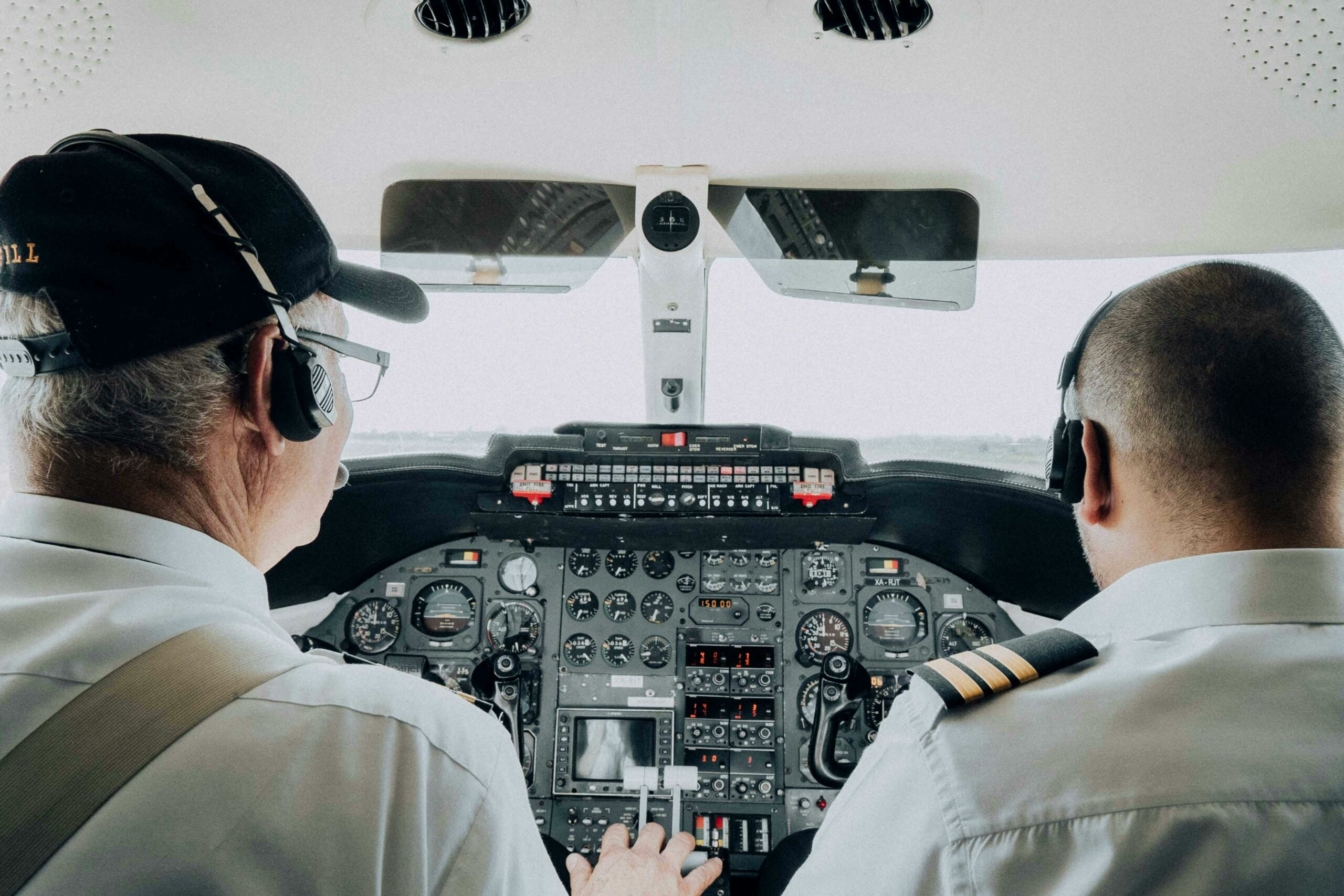What Causes Plane Crashes: Understanding the Common Reasons

Plane crashes are a rare but devastating occurrence that can cause significant loss of life and property damage. While flying is generally considered a safe mode of transportation, accidents can happen due to a variety of reasons. Understanding the usual reasons for plane crashes can help improve safety measures and prevent future accidents.
One of the most common reasons for plane crashes is human error. Pilots are responsible for flying the aircraft and making critical decisions during the flight. However, errors in judgment, lack of experience, or poor communication can lead to accidents. Additionally, air traffic controllers may make mistakes that cause planes to collide or crash.
Mechanical failure is another common reason for plane crashes. Aircraft are complex machines that require regular maintenance and inspections to ensure they are in good working condition. However, even with proper maintenance, equipment failures can occur, leading to accidents. In some cases, faulty or defective parts may be to blame for the crash.
Overall, understanding the usual reasons for plane crashes is critical for improving aviation safety. By addressing human error and mechanical failures, the industry can work towards reducing the number of accidents and ensuring that flying remains a safe mode of transportation.
Human Factors on Plane Crashes

Human factors are one of the leading causes of plane crashes. These factors are related to the actions and decisions of the people involved in the operation of the aircraft, including pilots, air traffic controllers, dispatchers, and loaders.
Pilot Error
Pilot error is a common cause of plane crashes. It occurs when a pilot makes a mistake or fails to take appropriate action in response to a situation. This can include misjudging the weather conditions, misreading instruments, or failing to follow proper procedures.
Fatigue
Fatigue is another human factor that can contribute to plane crashes. Pilots and other crew members often work long hours and may not get enough rest between flights. This can lead to impaired judgment, slower reaction times, and other issues that can affect their ability to operate the aircraft safely.
Human Error
Human error is a broad category that includes a range of mistakes and oversights that can lead to a plane crash. This can include errors made by air traffic controllers, dispatchers, and other personnel involved in the operation of the aircraft.
Cockpit Management
Cockpit management is another important factor in preventing plane crashes. This involves the way that pilots and other crew members communicate and work together to operate the aircraft. Poor communication or a breakdown in teamwork can lead to mistakes and other issues that can contribute to a crash.
Overall, human factors are a significant cause of plane crashes. It is important for pilots, air traffic controllers, and other personnel to be aware of these factors and take steps to minimize the risks associated with them. NTSB investigations often focus on human factors when trying to determine the cause of a plane crash.
Mechanical and Technical Issues
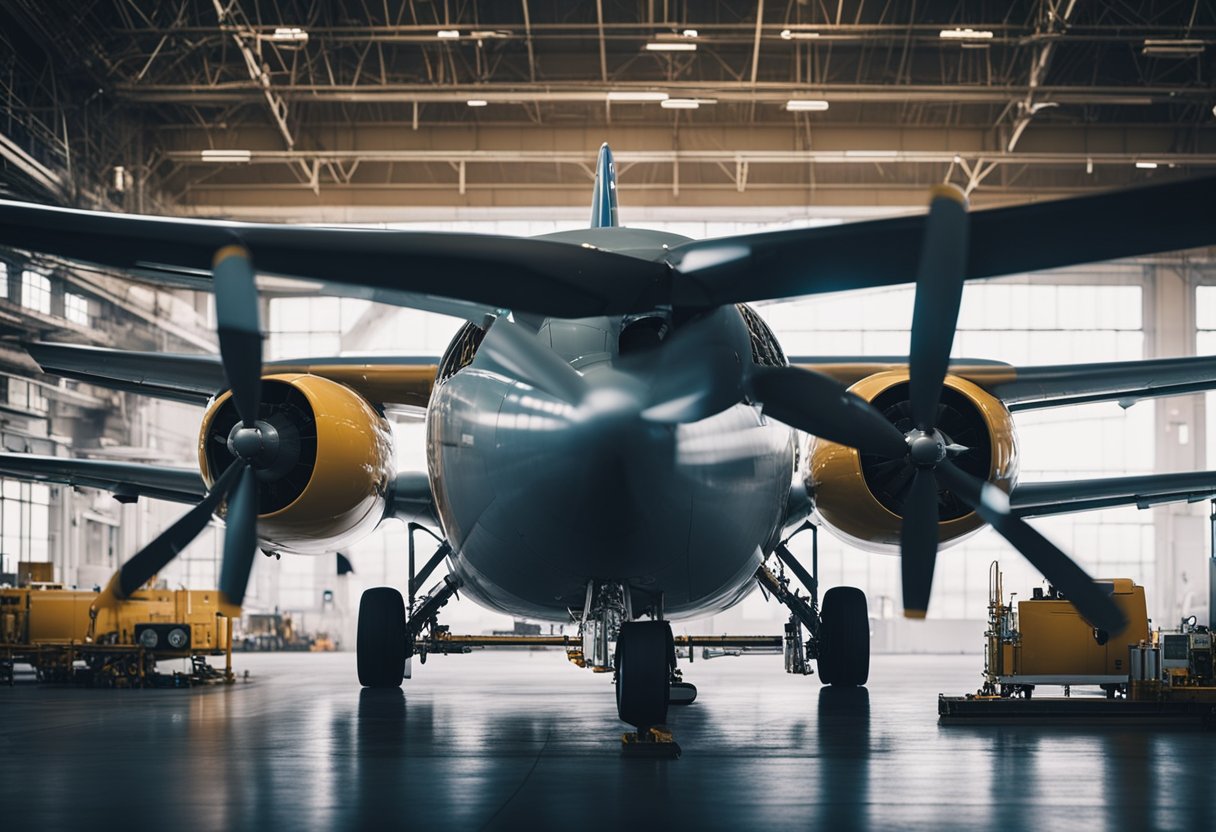
Mechanical and technical issues have been responsible for a significant number of plane crashes. These issues can arise due to a variety of reasons, including mechanical failure, maintenance flaws, and design defects.
Mechanical Failure
Mechanical failure is one of the most common causes of plane crashes. The engines of the plane can fail due to a variety of reasons, including metal fatigue, mechanical breakdown, and engineering flaws. In some cases, the instrumentation and autopilot systems can also malfunction, leading to a loss of control of the aircraft.
Maintenance Flaws
Maintenance flaws can also contribute to plane crashes. Maintenance engineers must ensure that all components of the plane are in good working condition. However, if they fail to do so, it can result in mechanical problems that can lead to a crash. In some cases, the use of new technologies and electronic aids can also lead to maintenance issues.
Design Defects
Design defects in modern aircraft have also contributed to plane crashes. The De Havilland Comet, for example, suffered from design flaws that led to metal fatigue and subsequent crashes. Similarly, the Boeing 737 Max was involved in two crashes due to a design flaw in its software.
Overall, mechanical and technical issues are a significant cause of plane crashes. It is essential for mechanics and maintenance engineers to ensure that all components of the plane are in good working condition to prevent such accidents. The use of modern technology and electronic aids can also help to reduce the risk of mechanical and technical issues. The black boxes in planes can also provide valuable information in the event of a crash, helping investigators to determine the cause of the accident.
Environmental Challenges
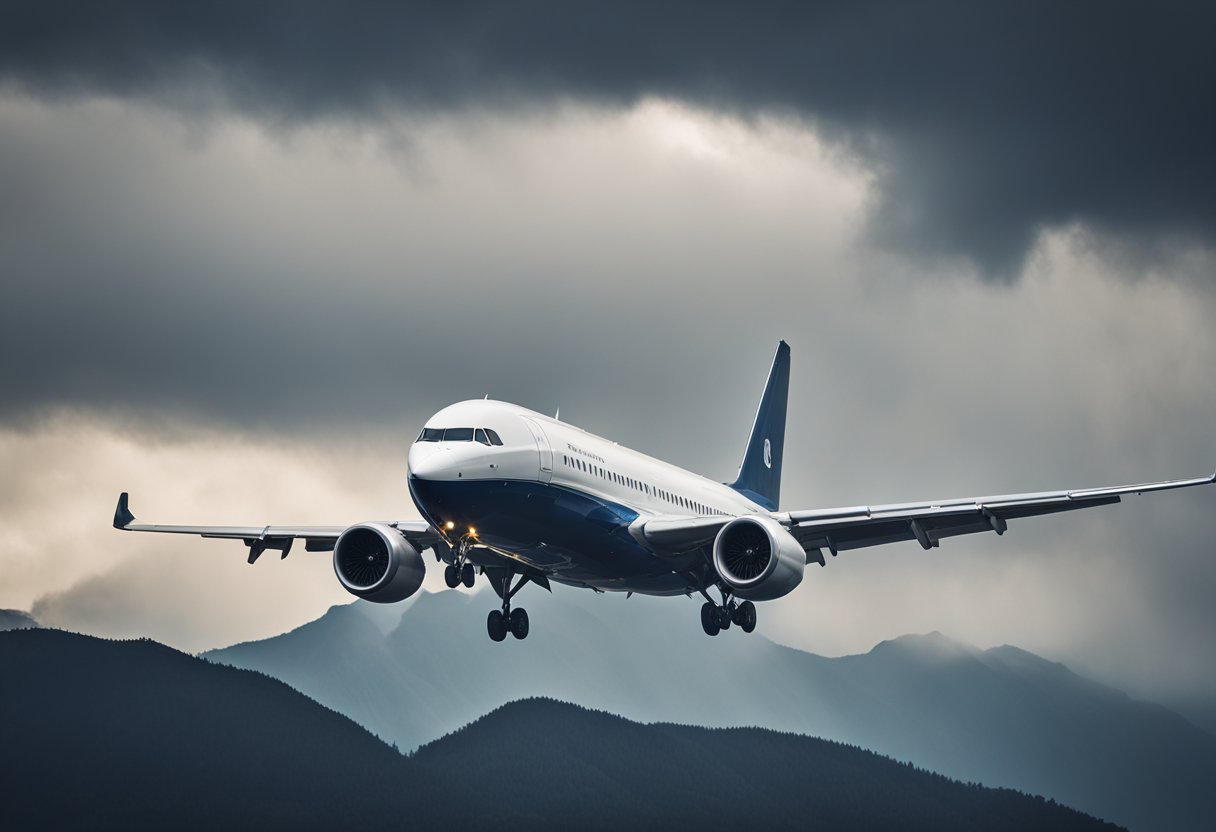
Aviation safety is a top priority for airlines and regulatory authorities. However, environmental challenges can pose a risk to the safety of an aircraft and its passengers. This section will discuss some of the most common environmental challenges that can lead to plane crashes.
Bad Weather Conditions
Bad weather conditions are a leading cause of plane crashes. Thunderstorms, high winds, and severe turbulence can cause significant damage to an aircraft. Lightning strikes can also cause electrical problems, leading to system failure. Pilots are trained to avoid bad weather conditions, but unexpected changes in weather can sometimes occur.
Visibility Issues
Visibility issues can also lead to plane crashes. Poor visibility due to fog, smog, or heavy rain can make it difficult for pilots to see the runway or other aircraft. In some cases, pilots may misjudge their altitude or distance from other objects, leading to a collision.
Wildlife Hazards
Wildlife hazards are another environmental challenge that can pose a risk to aircraft. Birds, geese, and other animals can collide with an aircraft, causing significant damage to the engines or other critical systems. Pilots are trained to watch for wildlife hazards and take appropriate action to avoid them.
In conclusion, environmental challenges such as bad weather conditions, visibility issues, and wildlife hazards can pose a risk to the safety of an aircraft and its passengers. Pilots are trained to handle these challenges, but unexpected changes in weather or wildlife activity can sometimes occur. Airlines and regulatory authorities continue to work together to improve aviation safety and reduce the risk of plane crashes caused by environmental challenges.
Operational Problems
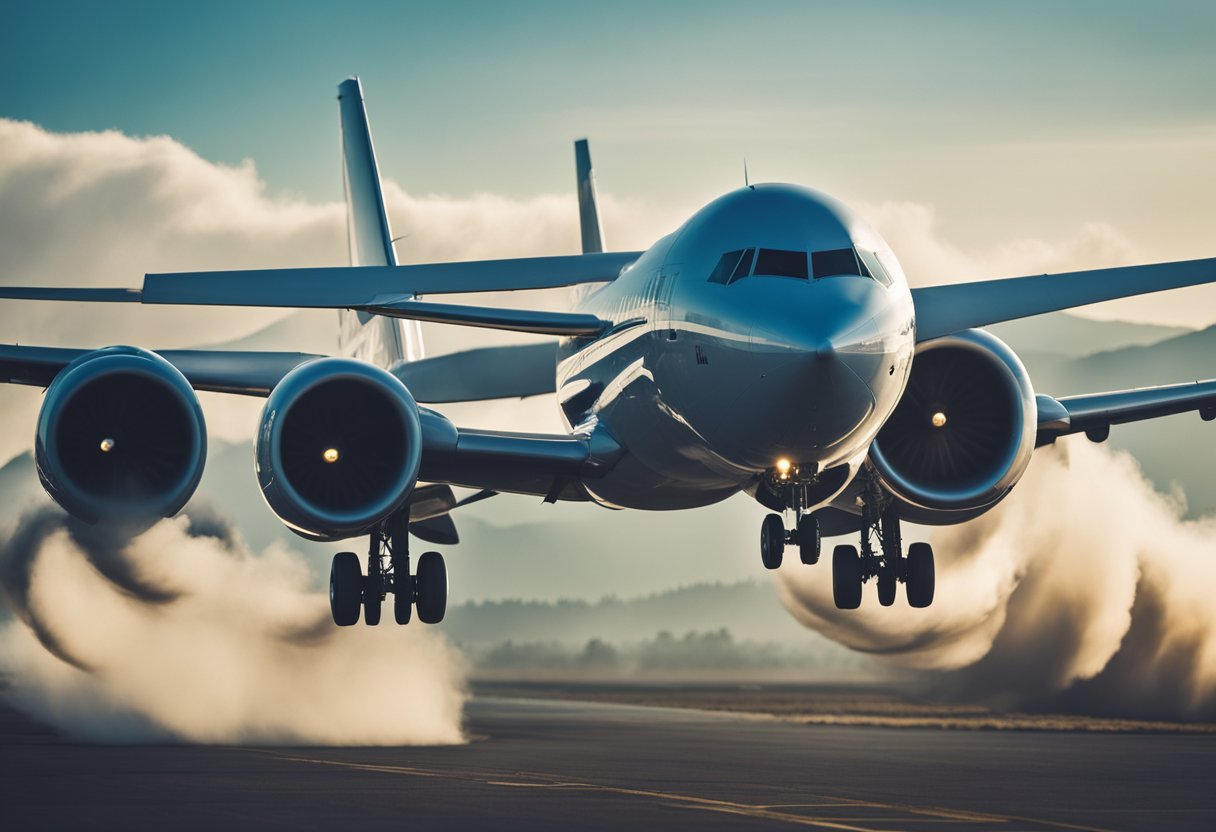
Operational problems are one of the major reasons for plane crashes. These problems can be caused by various factors, including air traffic control errors, communication breakdowns, and procedural noncompliance.
Air Traffic Control Errors
Air traffic control errors can occur due to many reasons, such as miscommunication, lack of coordination, and human error. These errors can result in planes colliding with each other, or with other objects on the ground. The National Transportation Safety Board (NTSB) investigates such accidents and recommends measures to prevent them in the future.
Communication Breakdowns
Communication breakdowns between pilots and air traffic controllers can lead to misunderstandings and errors. This can happen due to language barriers, technical problems, or miscommunication. Pilots need to be proficient in English, the international language of aviation, to avoid such issues.
Procedural Noncompliance
Procedural noncompliance occurs when pilots fail to follow established procedures, such as take-off and landing protocols. This can happen due to lack of training, fatigue, or distractions. The Air Accidents Investigation Branch (AAIB) investigates such incidents to determine the cause and recommend corrective actions.
Overall, operational problems can be prevented by ensuring that pilots and air traffic controllers are well-trained, follow established procedures, and communicate effectively. Regular safety audits and inspections can also help identify and mitigate potential risks.
External Factors
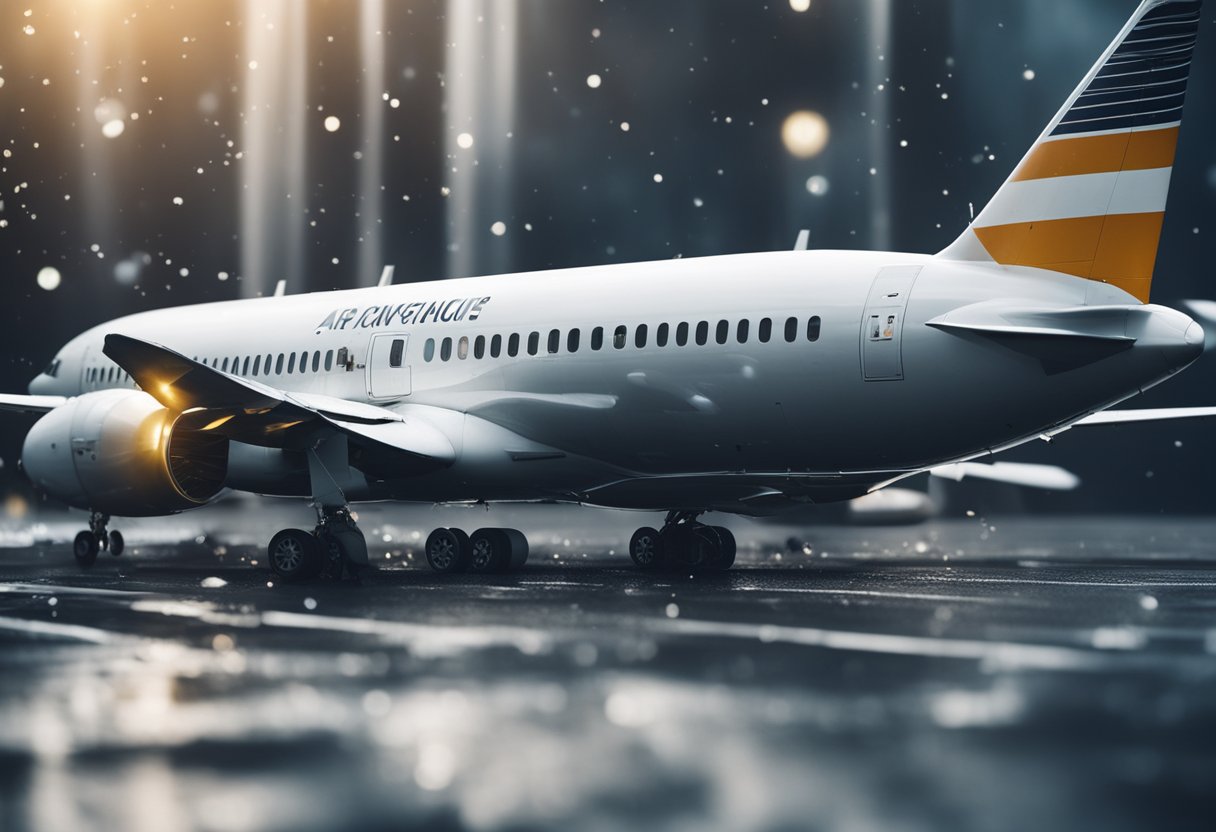
External factors such as sabotage, bird strikes, and ground operations can also contribute to plane crashes. Here are some of the most common external factors that can lead to aviation accidents.
Sabotage and Terrorism
Sabotage and terrorism are two of the most serious external factors that can lead to plane crashes. Sabotage can take many forms, including the deliberate destruction of aircraft components or the introduction of foreign objects into the engine. Terrorism, on the other hand, is the use of violence and intimidation in the pursuit of political aims.
To prevent sabotage and terrorism, airlines and airports have implemented strict security measures, including passenger and baggage screening, background checks, and surveillance systems. Despite these measures, however, there is always a risk of sabotage or terrorism, and aviation authorities must remain vigilant to prevent such attacks.
Bird Strikes
Bird strikes occur when a bird collides with an aircraft in flight, causing damage to the aircraft and potentially endangering the lives of passengers and crew. Birds can cause damage to an aircraft’s engines, wings, and fuselage, and can even break through the cockpit windows.
To prevent bird strikes, airports and airlines have implemented various measures, such as bird control programs, radar systems, and bird repellent devices. Despite these measures, however, bird strikes continue to occur, and aviation authorities must remain vigilant to prevent them.
Ground Operations
Ground operations refer to the various activities that take place on the ground, such as aircraft maintenance, fueling, and loading and unloading of passengers and cargo. Ground operations can contribute to aviation accidents if they are not carried out properly.
To prevent accidents due to ground operations, airlines and airports have implemented strict safety procedures and training programs for ground workers. These procedures include regular inspections of equipment, proper handling of hazardous materials, and strict adherence to safety protocols.
In conclusion, external factors such as sabotage, bird strikes, and ground operations can contribute to plane crashes. While airlines and airports have implemented various measures to prevent such accidents, aviation authorities must remain vigilant to ensure the safety of passengers and crew.
Statistical Analysis
When it comes to analyzing plane crashes, statistics can provide valuable insights into the causes of these accidents. According to the National Transportation Safety Board (NTSB), the majority of plane crashes occur due to pilot error, which accounts for 53% of all fatal accidents. Other factors that contribute to plane crashes include mechanical failure, weather conditions, and air traffic control errors.
While fatal plane crashes are relatively rare, they still occur with some regularity. In 2019, for example, there were 86 fatal accidents involving commercial airliners, resulting in 257 deaths. However, it’s worth noting that the overall safety record of commercial aviation is quite good, with fatal accidents occurring at a rate of just 0.18 per million flights.
One of the key factors in preventing fatal plane crashes is ensuring the stability of the aircraft. This involves proper maintenance and inspection of the plane, as well as training for pilots and other crew members. In addition, airlines must adhere to strict safety regulations and protocols to ensure that their planes are safe to fly.
Overall, while the prospect of a fatal plane crash is certainly concerning, it’s important to keep these incidents in perspective. With proper safety measures in place, the risk of a fatal accident can be minimized, and commercial aviation can continue to provide safe and reliable transportation for millions of passengers each year.
Safety Measures and Prevention
Aviation safety is a top priority for all airlines and aviation authorities. The implementation of safety measures and prevention strategies has significantly reduced the number of plane crashes over the years. Here are some of the key measures that have been put in place:
Regulatory Oversight
Regulatory oversight is a critical aspect of aviation safety. Aviation authorities such as the Federal Aviation Administration (FAA) in the United States and the European Aviation Safety Agency (EASA) in Europe are responsible for ensuring that airlines comply with safety regulations and standards. These authorities conduct regular inspections and audits to ensure that airlines are operating safely.
Advancements in Technology
Advancements in technology have played a significant role in improving aviation safety. Passenger jets are now equipped with sophisticated systems that can detect and prevent potential safety hazards. For example, lift and thrust sensors can detect changes in airspeed and altitude, while collision avoidance systems can prevent mid-air collisions.
Training and Education
Training and education are essential for ensuring that pilots and other aviation personnel are equipped with the necessary skills and knowledge to operate safely. Pilots undergo rigorous training programs that cover a wide range of topics, including human factors, fatigue management, and emergency procedures. Aviation personnel also receive ongoing education and training to keep their skills up-to-date.
